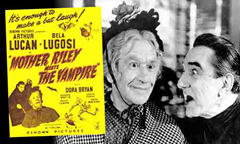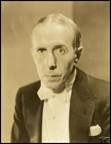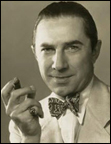 Over the past couple of years, we’ve seen the ads for the TCM Classic Cruises and thought, “That would be fun.”
Over the past couple of years, we’ve seen the ads for the TCM Classic Cruises and thought, “That would be fun.”
But then we can’t help but think, “But it would have been much more fun ten or fifteen years ago.” The sad truth is, there just aren’t that many performers left from the 1930s and ’40s and, of course, there are even fewer that date back as far as the silent movie era.
In that latter category, there’s Mickey Rooney and Carla Laemmle (who was never a big star, but did appear in some big pictures, including Lon Chaney‘s Phantom of the Opera and the 1931 version of Dracula starring Bela Lugosi).
And then there’s Diana Serra Cary (née Peggy-Jean Montgomery), who was one of the biggest stars of the silent era, albeit at a very young age.
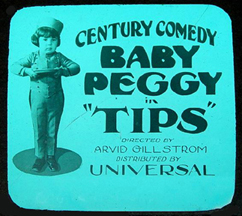 Cary, then known as Baby Peggy, made her film debut in 1921. She went on to make more than 150 shorts for Century Pictures before signing with Universal Pictures in 1923 for $1.5 million a year. Jackie Coogan, the top child star of the day, was growing up, and Universal was hoping Peggy, who would now be starring in feature-length pictures, pick up the slack left by his declining popularity.
Cary, then known as Baby Peggy, made her film debut in 1921. She went on to make more than 150 shorts for Century Pictures before signing with Universal Pictures in 1923 for $1.5 million a year. Jackie Coogan, the top child star of the day, was growing up, and Universal was hoping Peggy, who would now be starring in feature-length pictures, pick up the slack left by his declining popularity.
Peggy is to have received more than 1.2 million fan letters during her relatively brief time in the spotlight, but by 1925, the bottom fell out of her career. Her father played it tough in negotiating with independent producer Sol Lesser, for whom she had made a couple of features, and Lesser not only declined to work with her any more, he used his influence in Hollywood to see that no one else would hire her, either. She made only one more silent movie, a small role in the 1926 film April Fool, and then began touring in vaudeville.
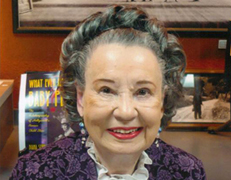 With the crash of 1929, Peggy’s family fortunes went in the tank. Her parents had spent most of her earnings, and what investments they had made were now worthless. She eventually stooped to doing extra work in the 1930s, but by 1938, at the age of 19, she was through working in pictures.
With the crash of 1929, Peggy’s family fortunes went in the tank. Her parents had spent most of her earnings, and what investments they had made were now worthless. She eventually stooped to doing extra work in the 1930s, but by 1938, at the age of 19, she was through working in pictures.
In later years, Peggy became a writer and author, publishing a number of books about Hollywood, including her 1996 memoir, Whatever Happened to Baby Peggy?. She’s still active today, making personal appearances at film festivals and revival houses.
Beginning at 8 p.m. on Monday, December 3, Turner Classic Movies will air a new documentary about Peggy’s life and career, Baby Peggy: The Elephant in the Room (2012), and four of her pictures (most of which are lost films), three shorts—Carmen Jr. (1923), Peg o’ the Mounted (1924), and Such Is Life (1924)—and one feature, Captain January (1924).

